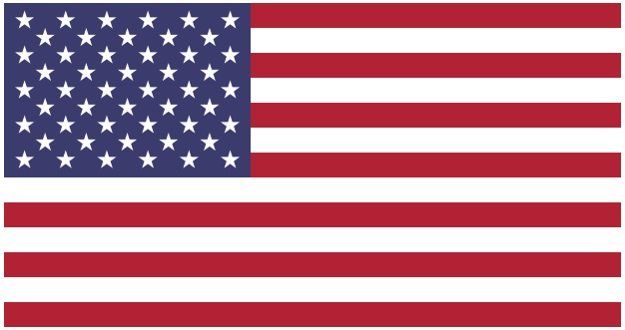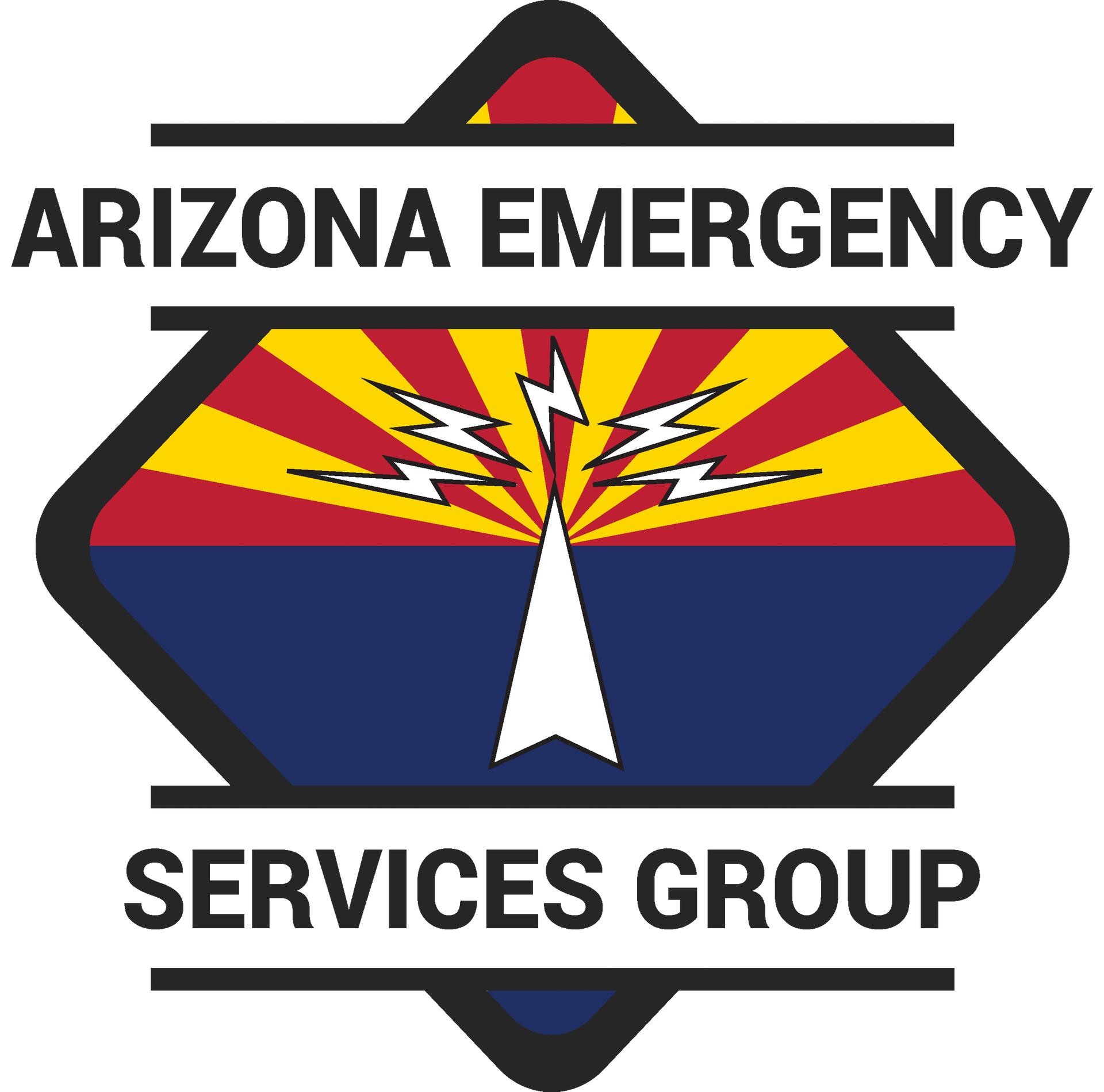Two-way Radio Fundamentals
There are several independent methods of communications available to U.S. citizens. These include the personal radios services, such as the General Mobile Radio Service (GMRS), Family Radio Service (FRS), Multi-use Radio Service (MURS) and the Citizens Band Radio Service (CB). They all have different capabilities and frequency use. There is also the Amateur Radio Service (also known as Ham radio).
The General Mobile Radio Service (GMRS) is a land-mobile UHF radio service, near 462 and 467 MHz. GMRS that shares some of the same frequencies with FRS, however output power is limited to 0.5 or 2 watts on FRS, depending on the channel. A license is required to operate on the GMRS band, and the licensee is allowed up to 5 or 50 watts of output power (also depending on the channel). A GMRS license also grants permission to operate on the repeater input frequencies. Both the increased output power and the repeater access granted by a GMRS license can dramatically increase the effective range a GMRS radio has over a FRS radio. Because they share the same frequencies, GMRS radios are allowed to communicate with FRS radios via simplex.
A GMRS license is available from the FCC and requires no test. To learn about obtaining a license, you can go to this link: https://www.azgmrs.org/get-a-gmrs-license/.
There are many terms related to two-way radio. A glossary is available free by clicking here:


